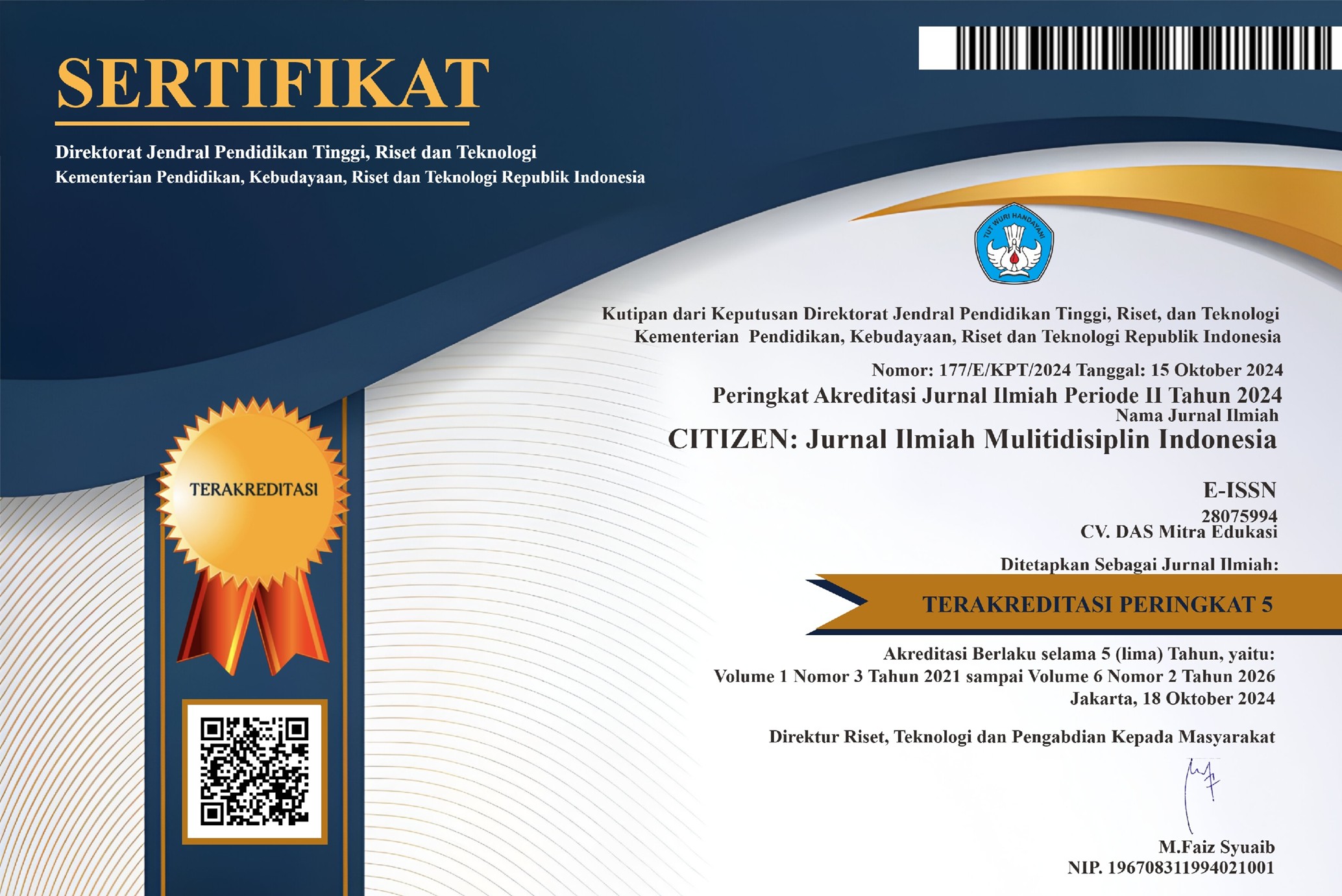Translation Techniques In Bilingual Beauty Product Advertisements
DOI:
https://doi.org/10.53866/jimi.v5i4.932Keywords:
Translation Techniques, Translation Equivalence, Bilingual Advertsiement, Beauty ProductAbstract
The growth of the beauty industry has led to the increased use of bilingual advertisements to reach a broader audience. However, the differences in cultural and linguistic contexts between the source and target languages of the advertisements often lead to shifts in meaning. In this context, it is the translator's responsibility to act as a bridge to fill this gap. This research aims to identify and analyse the translation techniques used in bilingual beauty product advertisements and to examine how these techniques reflect translation equivalence. This research employs a qualitative method using the theory of translation techniques by Molina and Albir (2002) and the concept of translation equivalence by Nida and Taber (1969). The data were collected from bilingual beauty product advertisements sourced from the official YouTube channel of Maybelline New York. Data were collected through documentation and note-taking techniques and then analysed by comparing English and Indonesian subtitle transcripts to identify the applied translation techniques and the type of equivalence achieved. The results were presented with a formal method through the use of table and informal method to describe the analysis. The findings revealed that eleven out of eighteen translation techniques were used, discursive creation, borrowing, linguistic compression, modulation, amplification, literal translation, linguistic amplification, reduction, transposition, adaptation, and generalization. The application of these techniques primarily achieved dynamic equivalence. Meanwhile, formal equivalence was achieved when the source and target language structures closely aligned.
References
Best, J. W., & Kahn, J. V. (1998). Research in education (8th ed.). University of Illinois Press.
Bo, T., (2014). A study on advertisement translation based on the theory of eco-translatology. Journal of Language Teaching and Research, 5(3), pp.708–713. https://doi.org/10.4304/jltr.5.3.708-713
Catford, J. C. (1978). A linguistic theory of translation: An essay in applied linguistics. Oxford University Press.
Creswell, J. W. (1994). Research design: Qualitative, quantitative, and mixed methods approaches. Sage Publications.
Hanifah, A. K. (2018). An analysis of students’ equivalence in translating English idiom into Bahasa Indonesia.
Larson, M. L. (1984). Meaning-based translation: A guide to cross-language equivalence. University Press of America.
Molina, L., & Albir, A. H. (2004). Translation techniques revisited: A dynamic and functionalist approach. Meta: Journal des Traducteurs, 47(4), 498–512. https://doi.org/10.7202/008033ar
Nida, E. A., & Taber, C. R. (1974). The theory and practice of translating. Brill.
Pradnyagiri, R. (2023). Techniques Translation in the Transcript Subtitle of Frozen 2 Movie from English to Indonesian.
Putri, B. (2023). Strategies Applied in the Translation of Indonesian Narration in the Video of Demulih Village Bird Conservation.
Sayogie, F. (2009). Metode penerjemahan dan makna tekstual. Universitas Indonesia.
Sudaryanto. (2015). Metode dan aneka teknik analisis bahasa. Duta Wacana University Press.
Sugiyono. (2013). Metode penelitian kuantitatif, kualitatif, dan R&D. ALFABETA.
YouTube. (n.d.). Maybelline Indonesia. YouTube. https://www.youtube.com/@MNYLovers
YouTube. (n.d.-b). Maybellinenewyork. YouTube. https://www.youtube.com/@maybellinenewyork
Zed, M. (2008). Metode Penelitian Kepustakaan. Jakarta: Yayasan Pustaka Obor Indonesia.
Downloads
Published
How to Cite
Issue
Section
License
Copyright (c) 2025 Ni Putu Rahayu Primayani, Sang Ayu Isnu Maharani, I Nyoman Udayana

This work is licensed under a Creative Commons Attribution-ShareAlike 4.0 International License.




















